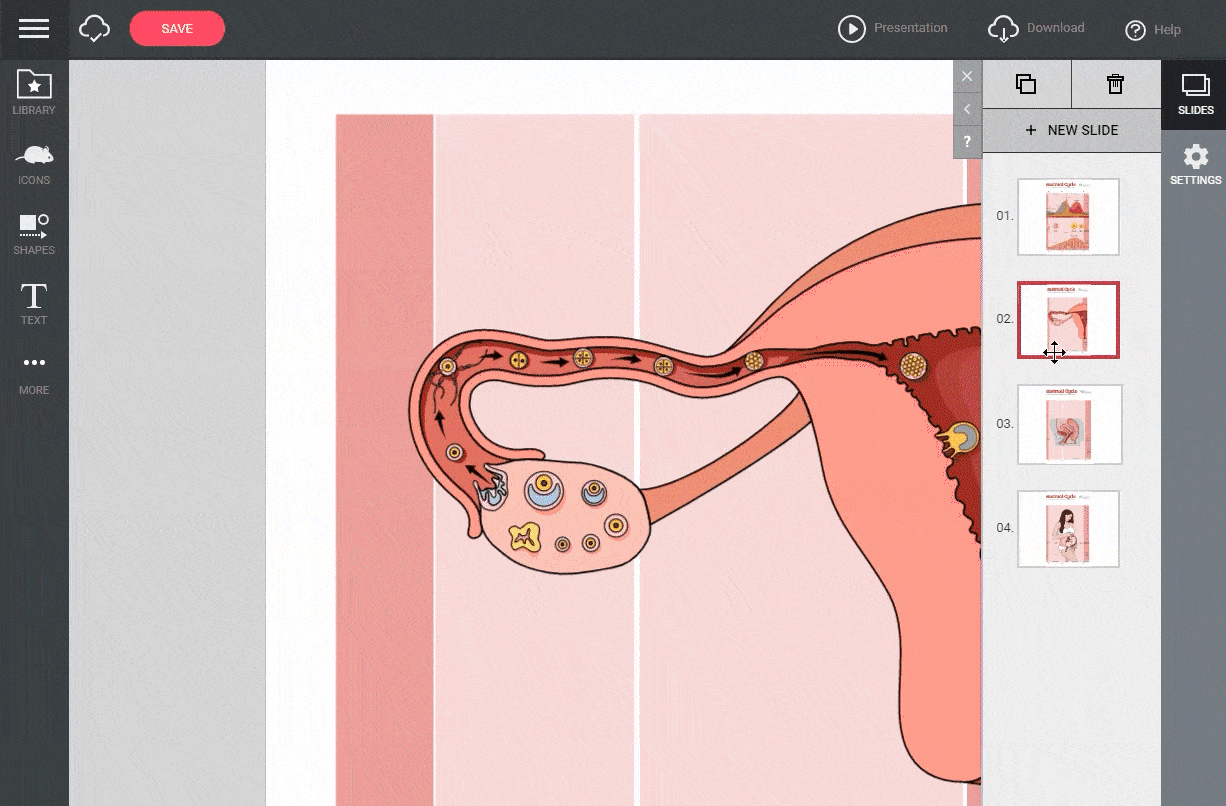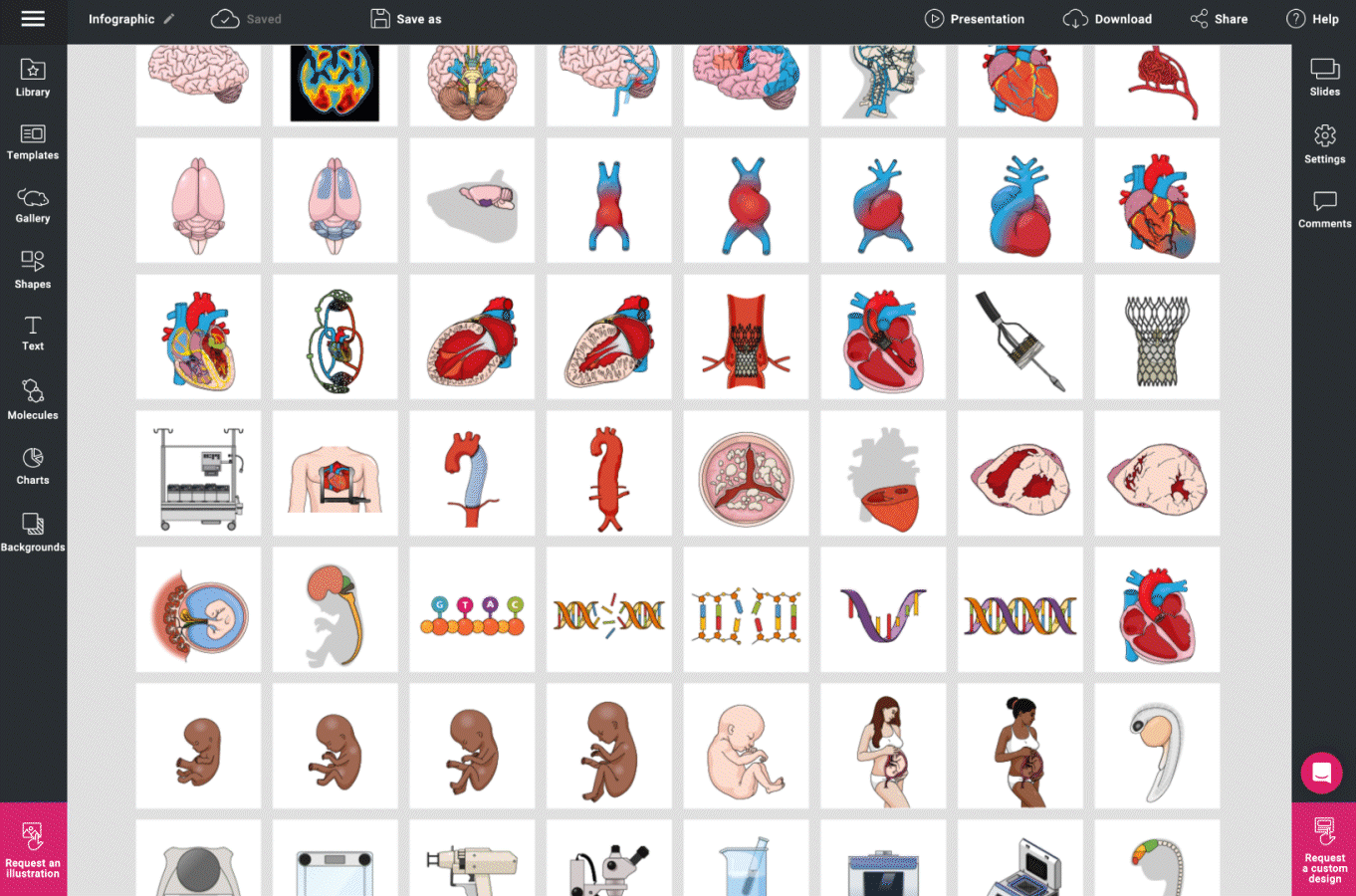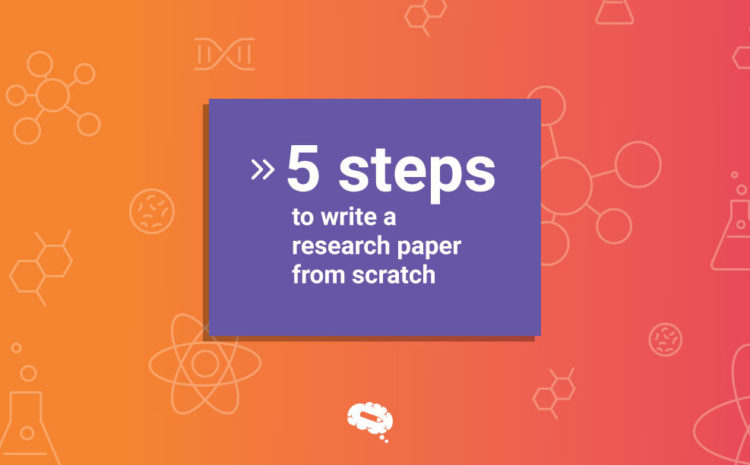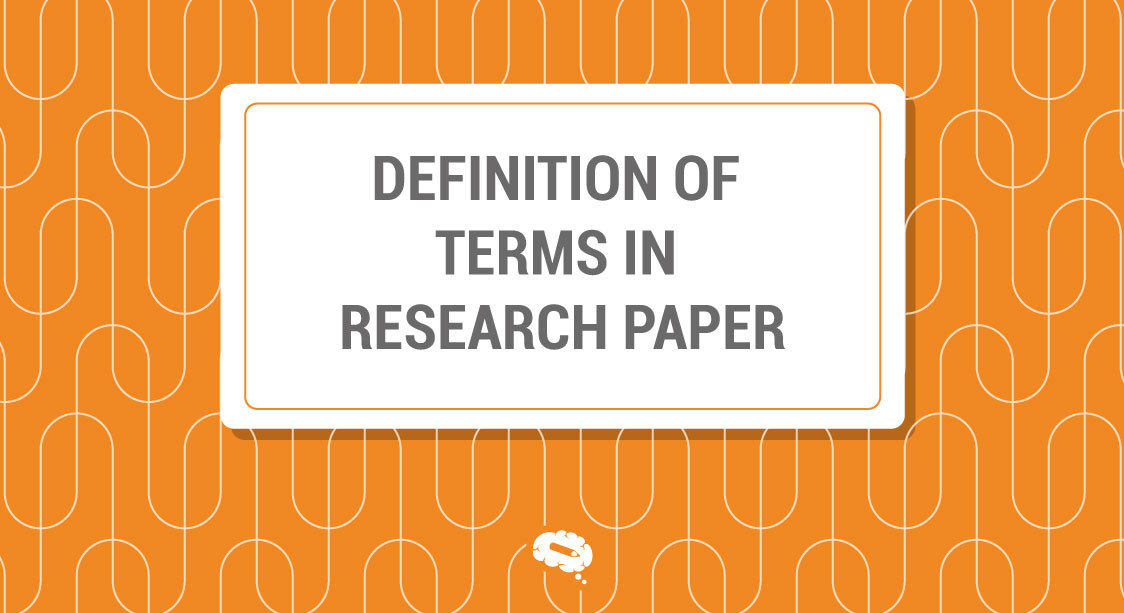It is typical for undergrad students to write a research paper at the end of each semester or in the middle of the year. It can mean long nights, pressure, and countless hours of work for many students.
However, does that have to be the case? Writing a research paper is actually easier than most students think. The best advice on how to write a paper is simply to split your task into simple, manageable pieces.
If you want to write an outstanding academic paper with ease, you’ll benefit from useful tips, a comprehensive plan of action, and some helpful tools.
Discover how to simplify the process of making a research paper, how to write it, how to choose the topic, how to use illustrations and more!
Step 1: Choose an Appropriate Topic to Write on Your Research
The most important thing is to choose an interesting and timely topic. In order to write a good research paper, you have to take into consideration different methods, theories, and so forth.
Therefore, you need to find out if your preferred topic was investigated by others before. As a rule of thumb, taking just one perspective (i.e. referenced author) leads to a less interesting paper. If you do not follow this rule, it will be far more difficult to come up with any meaningful research findings.
Information Sources
It’s essential to use only verified sources of information when you’re researching a topic in order to make sure you’re researching credible information.
Google Scholar, PubMed, Google Books, or Microsoft Academic are just a few services worth considering. It is possible to locate scientific articles, journals, books, and other research materials via these websites.
Step 2: Making an Outline or Concept Picture of Your Paper
Make a rough mind map or outline based on the readings you have done so far. Your thoughts about the topic can be included, as well as important, insightful, or thought-provoking observations. You might even include questions in an outline if you intend to answer them while writing the article.
Method
Decide on a method that is suitable for your purpose. Arranging your thoughts logically is all that is required. In cases in which you need to reorganize your writing, it’s easier to cross out or add to an outline rather than rewrite it all again.
Step 3: Preparing The Draft of Your Research
Let’s now write the body of the paper, beginning with the thesis statement, without mentioning the introduction for the moment. Clearly and precisely justify your thesis statement by using supporting details. Skip the conclusion for the time being.
Be sure that you organize your thoughts coherently and that they complement each other. A topic should be used for every paragraph that stems from the thesis statement. If any paragraph doesn’t fit, consider removing it or revising your thesis.
Make sure your citations and paraphrases are accurate and that your sources were acknowledged, even when you paraphrased. Make sure you do not copy and paste information from the internet.
A copy of the college’s plagiarism policy can be obtained from the office for further information.You’ll find many resources and tools to check for plagiarism on the internet as well.
Step 4: Intro, Conclusion, Illustrations & Citations
You now need to write the final draft of your paper. The first paragraph should be an introduction, and the last paragraph should be the conclusion.
Introduction
An introductory paragraph usually ends with a thesis statement or two. As a conclusion, be sure to refer to future outcomes and your thoughts rather than just restating your thesis.
Illustrations
The illustrations, on the other hand, cannot simply be copied and pasted from the Internet or from another paper. Adding relevant images will make your paper more appealing and easier to read.
With Mind the Graph, students can choose from an enormous number of illustrations from various categories to achieve their objectives.
One of its greatest features is that it is easy to use for students who are using it for the first time. You can select among many illustration samples by clicking here.

Citations
Citations should be formatted correctly according to the style you are using (MLA, APA). You should include a Works Cited (for MLA) or Bibliography (for APA) page.
Step 5: Proofreading Your Research Paper
Proofreading the final draft is the last and final step. Ensure that all sections and grammatical rules are adhered to.
Make sure all parts and their citations are accurate. Include illustrations in the right section and mention the title. Be sure to comply with the standards of your college regarding plagiarism.
Keeping these five steps in mind enables you to master the art of research paper, how to write it, and how to do it in a more effective and strategic way, on time and without much hassle.
[Extra Information] Research Paper: How to Write?
Still feel like you could use more details on how to write a research paper? Our free eBook provides a step-by-step guide to crafting a strong scientific research paper. Learn valuable tips on structuring your argument, citing sources, and formatting your work for success. Download it here!
Science Figures, Graphical Abstracts, and Infographics For Your Research
Mind the Graph simplifies scientific communication by enabling researchers to create visually appealing figures, graphical abstracts, and infographics for their research. With intuitive tools and templates, scientists can convey complex concepts effectively, enhancing their impact and reach in the scientific community.


Subscribe to our newsletter
Exclusive high quality content about effective visual
communication in science.







